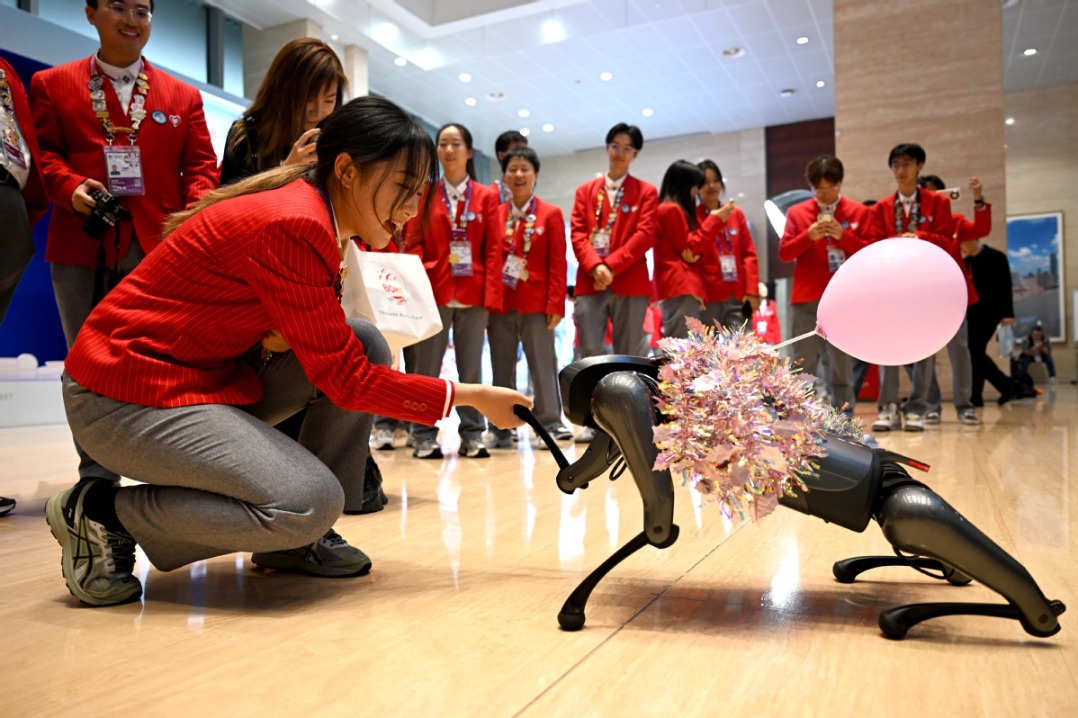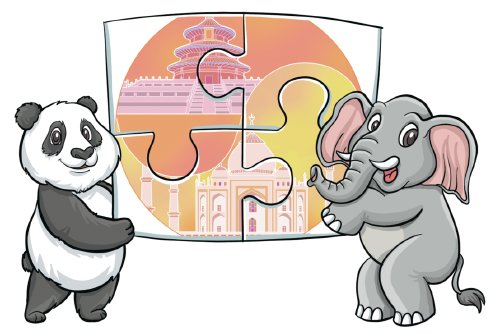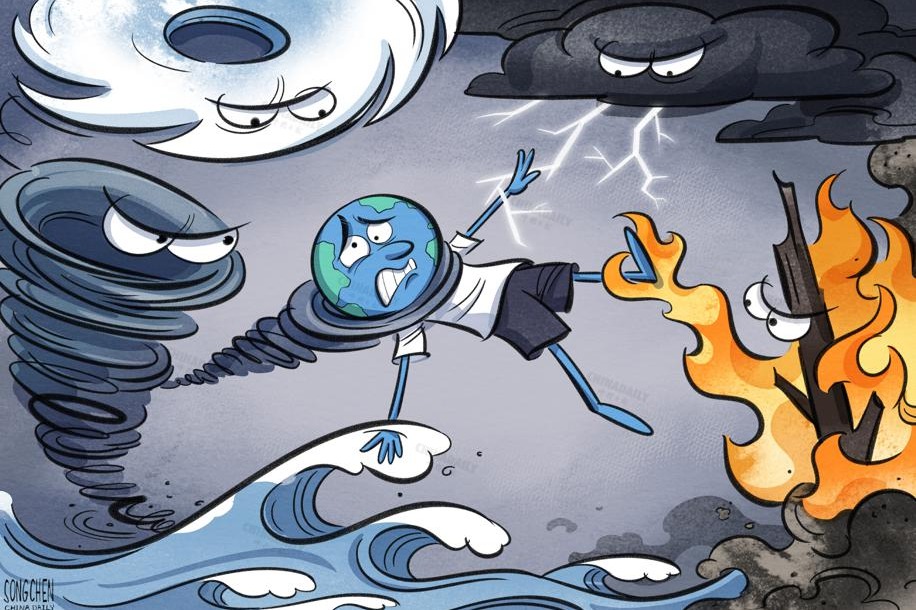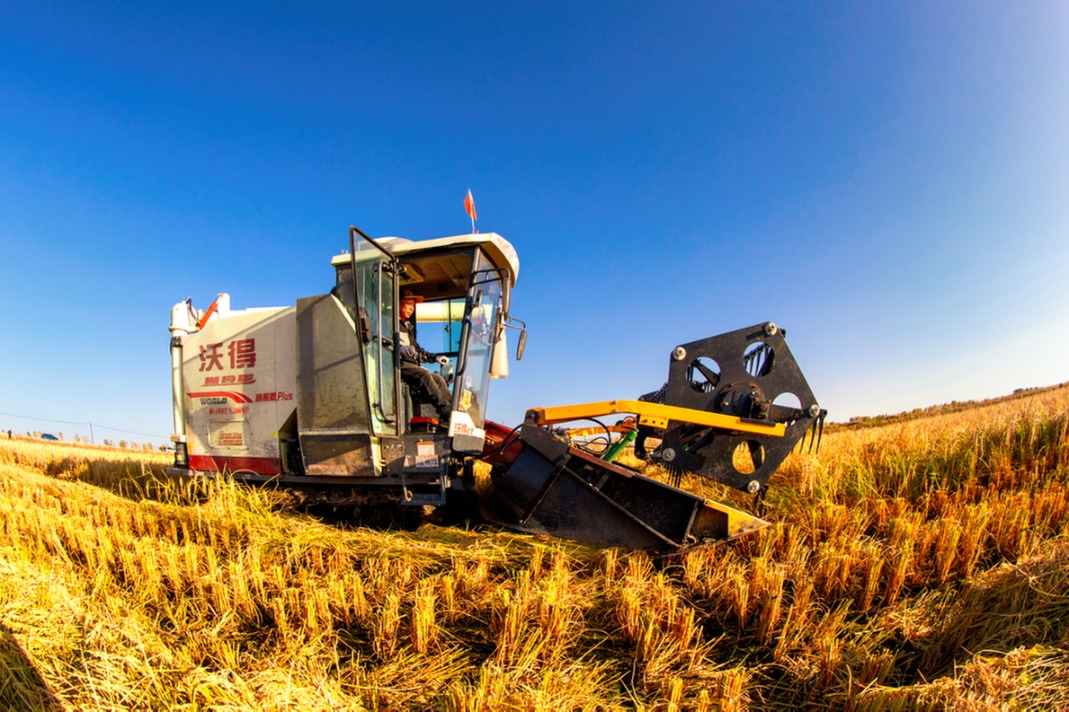Asia-Pacific needs free trade and multilateralism


The Asia-Pacific Economic Cooperation and its member economies have long championed an inclusive, sustainable and resilient future. Accordingly, the ongoing APEC Leaders Meeting, themed "Empower, Include, Grow", in Lima, Peru, is expected to emphasize the importance of economic growth and social development for empowering disadvantaged groups and enabling people to seize the opportunities created by the digital technologies.
Given the participation of many world leaders, CEOs from global companies and international media representatives, the high-stakes meeting in Lima underscores the global importance of APEC's mission and the Asia-Pacific region's role in shaping a cooperative, integrated future.
The Asia-Pacific accounts for more than 60 percent of global GDP and nearly half of global trade, making it a dynamic economic powerhouse — often seen as the "engine" driving global growth. The region is also home to a wealth of regional cooperation organizations, fostering robust collaboration. The thriving network of cooperation and partnerships in the region has not only helped sustain the region's economic vitality but also created what many view as the "Asia-Pacific growth miracle".
APEC is the region's most influential and comprehensive economic cooperation mechanism, championing transparency and fairness in global trade, removing the barriers to regional trade and investment and expediting the economic integration of the region over the past more than 30 years. By facilitating economic and technological cooperation, APEC has fostered a sustainable business environment, promoted economic growth and built a vibrant, cohesive Asia-Pacific community, thereby improving the well-being of millions of people.
Since the first informal APEC leaders' meeting in 1993, average tariffs in the region have declined from 17 percent to 5 percent, per capita income has more than quadrupled and 1 billion people have emerged out of poverty. These are significant contributions to global sustainable development.
APEC has now embarked on a new journey toward creating an open, dynamic, resilient and peaceful Asia-Pacific community by 2040. In this regard, the Regional Comprehensive Economic Partnership agreement is a milestone. Signed by 15 countries — the 10 ASEAN member states plus China, Japan, the Republic of Korea, Australia, and New Zealand — the RCEP took effect on Jan 1, 2022, and is aimed at expediting the Asia-Pacific's economic integration.
Accounting for nearly 30 percent of global GDP, goods trade and population, the RCEP's goal is to create a more unified market, boosting the region's GDP by an estimated $10.9 trillion from 2023 to 2029, about 1.4 and 2.6 times the growth rates of the United States and the European Union, according to the International Monetary Fund.
On the other hand, the Asian Development Bank estimates that, if fully implemented by 2030, the RCEP will generate $245 billion in income and create 2.8 million jobs for people in the member states. Such has been the impact of the open and inclusive policies of the RCEP that countries like Chile and Bangladesh have sought to join it.
Moreover, the China-ASEAN Free Trade Area, established in 2010, has strengthened relations between China and the 10 member states of the Association of Southeast Asian Nations. Thanks to the free trade area, China has remained ASEAN's top trading partner for 15 consecutive years, while ASEAN has been China's largest trading partner for four years. In 2022 and 2023, their trade volume neared $1 trillion a year, consolidating their positions as each other's largest trade partners.
In October, China and ASEAN announced the completion of negotiations on CAFTA 3.0, an upgraded framework covering digital and green economies, supply chain connectivity, customs procedures, trade facilitation, and technological cooperation, saying the two sides had agreed to sign the agreement by 2025. The upgrading of CAFTA into an up-to-date, inclusive and comprehensive framework that will foster deeper regional integration and boost growth across the market of more than 2 billion people is set to create substantial economies of scale and spillover effects, further facilitating the Asia-Pacific's economic integration.
Apart from APEC and CAFTA, a variety of other cooperation mechanisms are driving economic development in the Asia-Pacific. They include ASEAN+3, the Comprehensive and Progressive Agreement for Trans-Pacific Partnership and the Digital Economy Partnership Agreement. A comprehensive Asia-Pacific free trade area could unify these diverse mechanisms, helping develop a shared vision for an open, resilient and peaceful Asia-Pacific by 2040. But to make this vision a reality, countries in the region have to repair economic and political fragmentation, remove trade barriers and streamline cooperation.
To build a "Free Trade Area of the Asia-Pacific" and develop the region into an open, dynamic, resilient and peaceful community by 2040, all countries and regional organizations must reach a consensus on collaboration. This means advancing open and inclusive economic cooperation, refraining from politicizing regional trade, and overcoming the "spaghetti bowl effect" of overlapping agreements, and strengthening and integrating various cooperation frameworks to pave the way for deeper economic integration across the Asia-Pacific.
China has been an active player in Asia-Pacific cooperation, working closely with Northeast Asian, ASEAN, Pacific island countries, and other APEC economies to build mutual trust and deepen collaboration. China's application to join the CPTPP and its efforts to push for the FTAAP demonstrate its commitment to advancing economic unity in the region.
Given that growing geopolitical tensions and rising anti-globalization sentiments are threatening cooperation, countries in the Asia-Pacific should boost their economies so the region continues to drive global growth. By accelerating economic integration, APEC and regional agreements such as the RCEP and CAFTA can provide the stability and cooperation needed to overcome global uncertainties, contributing to a more prosperous and sustainable future.
The author is a professor at the School of Asian Studies, Beijing Foreign Studies University.
The views don't necessarily represent those of China Daily.
If you have a specific expertise, or would like to share your thought about our stories, then send us your writings at opinion@chinadaily.com.cn, and comment@chinadaily.com.cn.


































